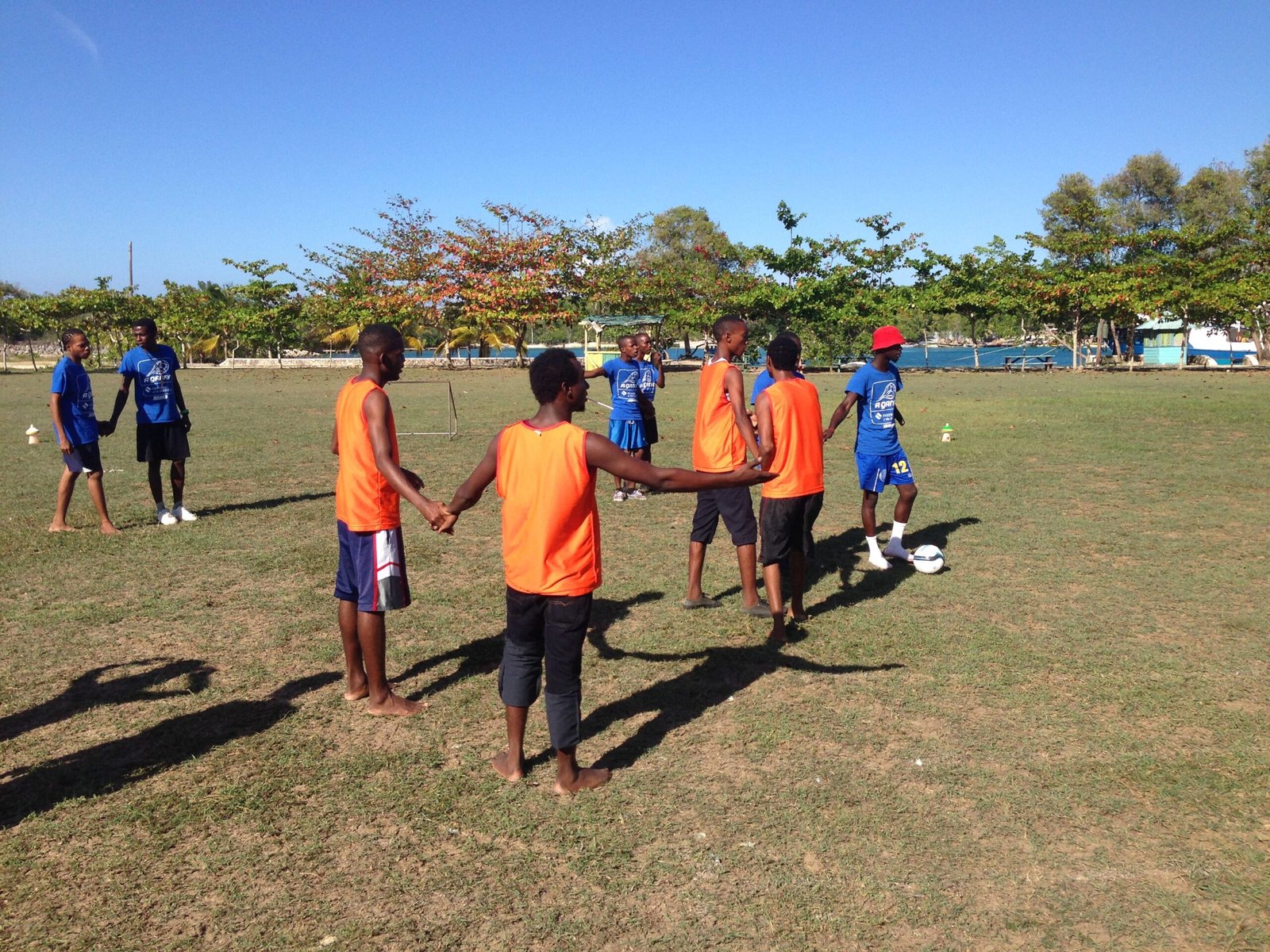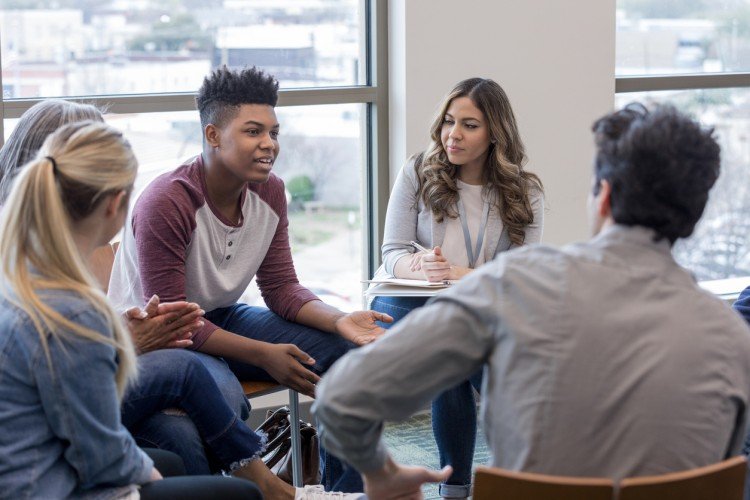Youth empowerment is about equipping young people with the skills, confidence, and opportunities to take control of their lives and make positive contributions to their communities. Sports and arts play a vital role in this process, offering youth avenues to build self-esteem, develop leadership abilities, and express themselves creatively. Here’s how both sports and arts contribute to youth empowerment:
1. Building Confidence and Self-Esteem
Both sports and arts provide youth with opportunities to develop confidence in their abilities. Success in sports, whether it’s scoring a goal, completing a race, or mastering a skill, boosts self-esteem. In arts, whether through painting, music, or acting, youth can express their emotions and creativity, gaining confidence in their unique talents.
- Sports: Winning competitions or achieving personal bests helps youth recognize their abilities and feel a sense of accomplishment.
- Arts: Performing in front of an audience or creating something beautiful gives youth a platform to showcase their creativity and gain positive recognition.
2. Encouraging Teamwork and Collaboration
Both sports and arts foster teamwork, teaching youth how to work together toward a common goal. Whether on the field or in a studio, collaborating with peers enhances communication, trust, and problem-solving skills.
- Sports: Team sports like soccer, basketball, or volleyball teach youth to work together, support one another, and celebrate collective success.
- Arts: Group activities such as theater productions or band performances show youth how collaboration can lead to shared success, with each member contributing their skills.
3. Developing Leadership Skills
Sports and arts both provide avenues for youth to step into leadership roles. Whether they’re captaining a sports team or leading a group of performers, youth learn how to motivate, guide, and inspire others. Leadership skills developed in these areas can translate into other aspects of life, including school, work, and community involvement.
- Sports: Coaches often promote leadership by designating team captains, helping youth learn how to lead by example and communicate effectively.
- Arts: In arts settings, youth can take the lead on projects, from directing a play to organizing an art exhibit, which helps them develop responsibility and leadership.
4. Promoting Discipline and Persistence
Engaging in both sports and arts requires a strong sense of discipline and the ability to persist despite challenges. Whether it’s practicing for hours to improve performance in sports or rehearsing a dance routine, youth learn that dedication leads to improvement and success.
- Sports: Training for a competition or improving physical skills teaches the importance of setting goals and working consistently to achieve them.
- Arts: Perfecting a painting, musical piece, or theatrical performance requires focus, effort, and the willingness to push through obstacles to reach a final product.
5. Fostering Emotional Expression and Resilience
Sports and arts give youth safe spaces to express and manage their emotions. Physical activity in sports helps channel emotions like anger or frustration, while artistic endeavors provide creative outlets for deeper emotions like sadness, joy, or hope. Both fields teach resilience, encouraging youth to bounce back from setbacks and continue pursuing their goals.
- Sports: Experiencing losses or setbacks in sports teaches youth how to cope with disappointment and maintain a positive attitude.
- Arts: Through artistic expression, youth can process complex emotions, gaining emotional resilience and a better understanding of themselves.
6. Encouraging Creative Thinking and Problem-Solving
The arts provide youth with opportunities to think outside the box and develop problem-solving skills. Whether composing music, choreographing a dance, or improvising a theater scene, youth learn how to approach challenges creatively. Sports also encourage quick thinking and strategic decision-making, especially during fast-paced games or competitions.
- Sports: Developing strategies, making split-second decisions, and adapting to changing conditions in a game teach youth problem-solving skills.
- Arts: In art projects, youth are encouraged to approach problems creatively, developing innovative solutions and thinking critically about their work.

7. Building a Sense of Belonging and Community
Both sports and arts offer youth a sense of belonging, whether it’s as part of a sports team or a creative group. This connection helps build a strong support system, where youth feel understood and valued. Being part of something larger than themselves can boost social confidence and encourage youth to take pride in their group achievements.
- Sports: Team members develop a sense of camaraderie, often forming lasting bonds and friendships that extend beyond the playing field.
- Arts: Creative groups or performances bring together individuals with similar interests, allowing youth to feel part of a community and fostering mutual respect and understanding.
Join the Best AUS Online Casino Experience
Discover top-tier gaming with a trusted aus online casino that offers a variety of games and unbeatable bonuses for Australian players looking for fun and excitement.
8. Increasing Opportunities for Success
Engaging in sports and arts can open doors to various opportunities, from scholarships to career paths. Youth who excel in these areas may find pathways to higher education or professional careers, which can empower them to realize their potential and achieve their dreams.
- Sports: Many young athletes receive scholarships or gain professional opportunities through their sports achievements.
- Arts: Young artists may be offered exhibition opportunities, scholarships, or even a career in the arts, giving them a tangible outlet for their talents.
9. Promoting Health and Well-Being
Physical activity in sports promotes health by increasing strength, endurance, and overall fitness. Regular participation in arts, particularly dance and movement-based activities, also encourages physical wellness. Additionally, both sports and arts contribute to mental well-being by providing an outlet for stress and fostering positive emotions.
- Sports: Regular physical activity boosts mental and physical health, teaching youth the value of self-care and wellness.
- Arts: Artistic activities can reduce stress, improve mood, and enhance cognitive functions, promoting overall mental well-being.
Conclusion
Sports and arts are powerful tools for youth empowerment. They foster confidence, creativity, leadership, resilience, and teamwork, all while promoting physical, mental, and emotional well-being. By encouraging young people to participate in sports and the arts, we give them the opportunity to develop essential life skills that will empower them to lead successful, fulfilling lives. Whether through sports teams or artistic endeavors, both fields provide a foundation for youth to grow, express themselves, and positively impact their communities.




